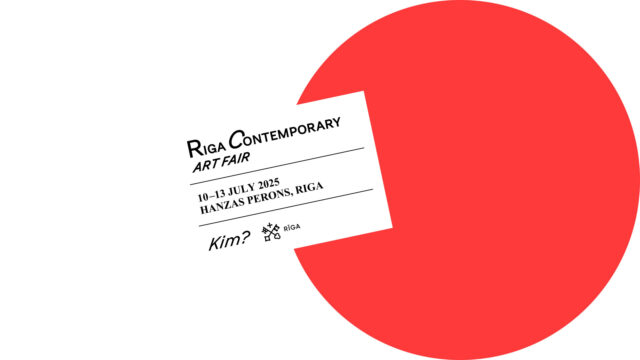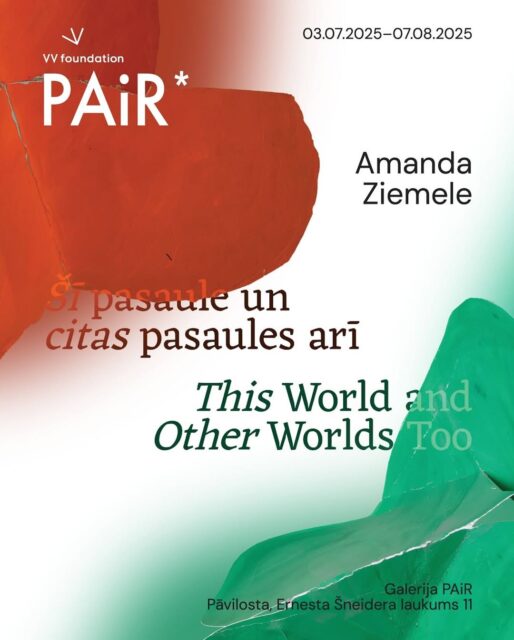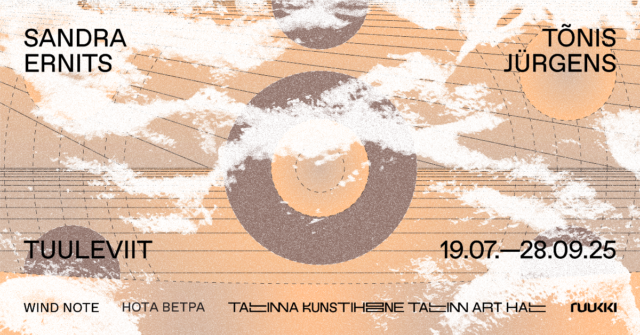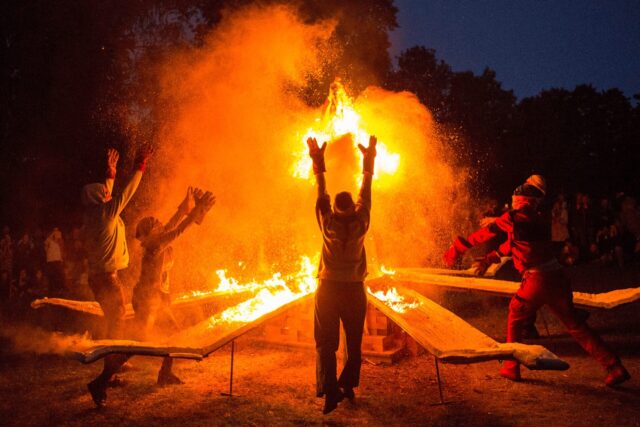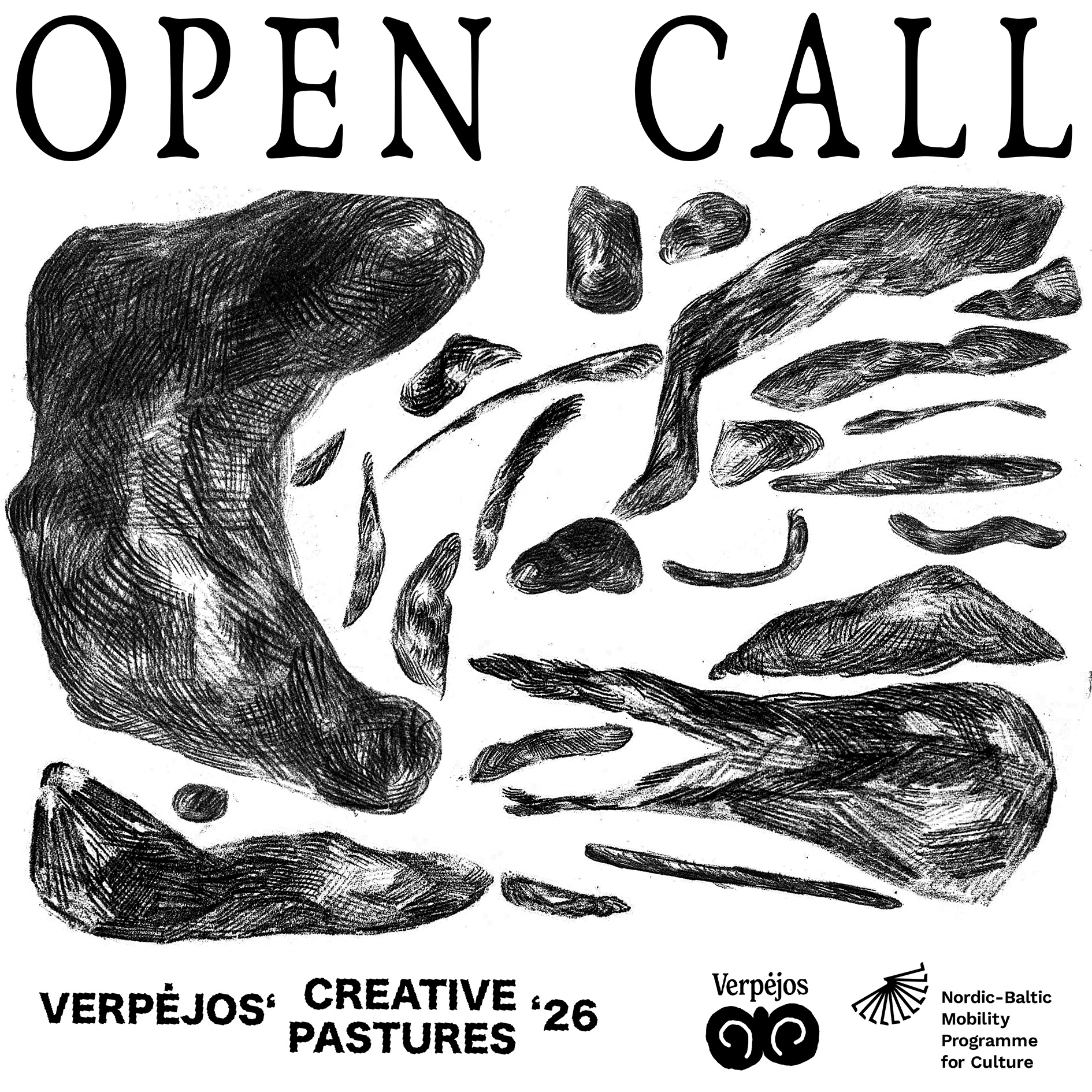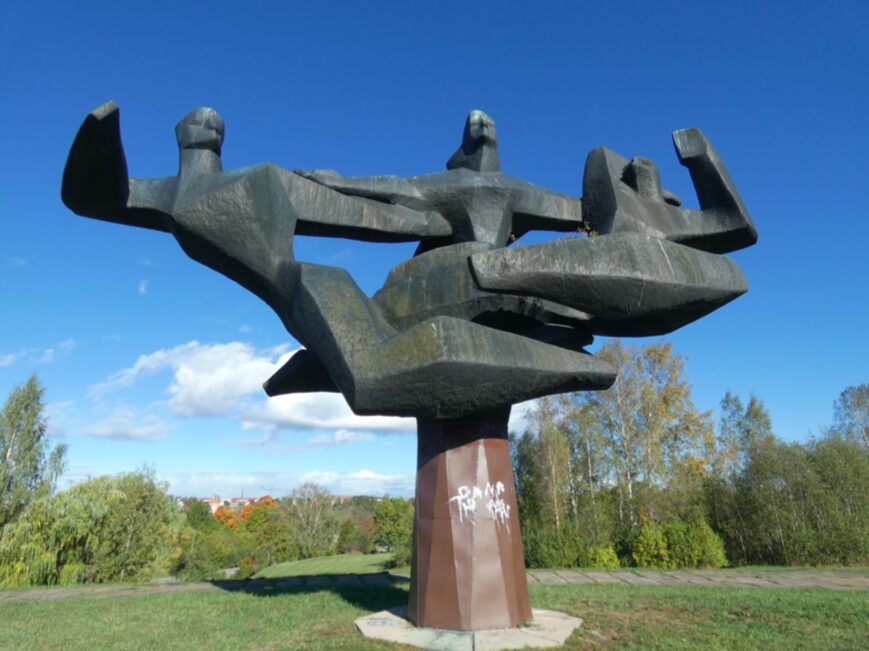Marge Monko is an artist and a professor in the Photography Department at the Estonian Academy of Art. She works mainly in photography, video and installations, often appropriating and reusing already-existing images. Her main interest lies in the representation of the body and the ideologies that shape visual culture. This interview was recorded over several cups of green tea and some chocolate at the artist’s studio in Tallinn, during an intense period of preparation for her solo show at the Folkwang Museum in Essen.
Paulius Petraitis: Marge, I thought we might start from your work at the Estonian Academy of Art. In 2017, you became a professor and the head of the Photography Department. How do you balance your personal work with the teaching and administrative tasks which go with the job?
Marge Monko: I was appointed in April 2017, and took up the position in September 2017. The balance between teaching, administration and studio work is defined in my contract: 50 per cent of my time to working as an artist in the studio, and 25 per cent each to teaching and administration. Being in this position for a second year, I came to realise that the formula doesn’t really work. Administrative work tends to take over. I’m trying to change this, by initiating a discussion in the academy. It’s a wider issue, which relates not only to me but to other professors and associate professors as well. This is something we have to work on. In general, I’ve been trying to spend at least two days a week in my studio, which is clearly not enough, and means that I also have to work on weekends. What’s good about the academy is the flexibility: the work can be arranged around trips abroad for exhibitions. Of course, it becomes difficult if there are a lot of exhibitions and journeys. I really like teaching, and find it fulfilling. It gives me an energy boost each time I have to talk about things related to my practice, after thinking about them in a different way.
PP: Your Photography Department has recently celebrated its twentieth anniversary. How would you describe the state of photography education in Estonia? Is it in a period of transition?
MM: I think it’s constantly in transition, actually. When we look back, it’s not a long period. Now that the main focus and the curriculum of the department are settled, we still have to constantly look at the situation around us and adapt. This is partly because of technical changes. As I think about photography and photography studies, they’re still very much based on technology. Even if a work has a more artistic profile, such as, for example, in the case of what you and I do, we still need to consider technology and keep up with it. We also have to think about how technological developments change the way we think about images. The other thing that affects us is the students themselves. I would say that the profile of a typical student, and the way people study, have changed a lot. As one of my colleagues, the associate professor Reimo Võsa-Tangsoo recently said, studying is not the primary focus for students any more. If ten years ago you were admitted into a university, that was the main thing you did. Today, this is not the case any more. Students have a lot of different activities: besides having to take jobs, they also travel and have a lifestyle that needs consideration … So yes, this is another thing that influences us and the way we teach and communicate with students.
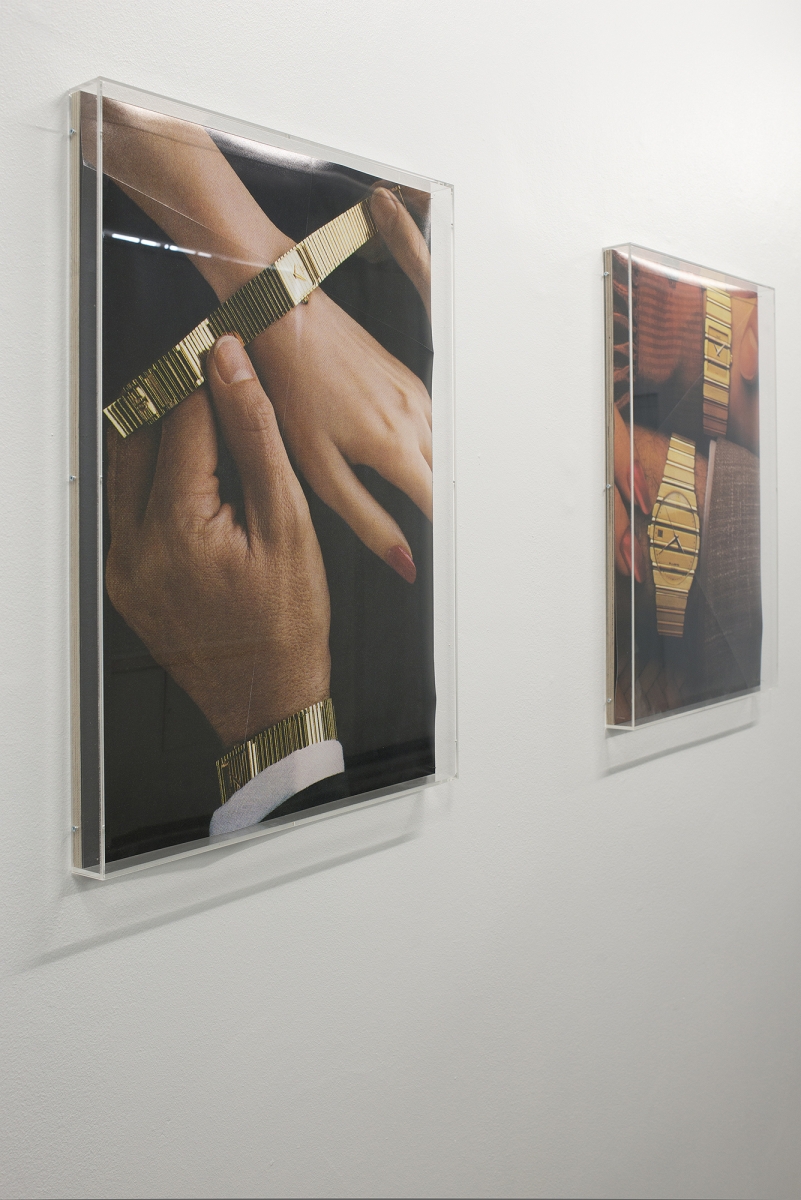
‘Ten Past Ten’, 2016, pigment prints framed in acrylic case. Photo: Marge Monko

‘Ten Past Ten’, 2016, pigment prints framed in acrylic case. Photo: Marge Monko
PP: The anniversary of the Photography Department at the Estonian Academy of Art was marked by a series of public discussions. The final event, in which I had a chance to participate, at your invitation, touched on the ever-expanding field of photography: namely, how it is constantly dissolving into other practices. In the last two Tallinn Photomonths (2017 and 2015), a major international event devoted to art photography, it seemed to shift its focus towards contemporary art, and conceive photography as a part integrated into it. What is your view on this, and what can be said about contemporary photography in Estonia?
MM: First of all, we don’t have a strong tradition of photography here in Estonia. Of course, there have been some influential photographers, but we haven’t had an institution with resources comparable to the Union of Lithuanian Art Photographers. So when the Department of Photography was established at the Estonian Academy of Art, it was very much shaped by its professors Peeter Linnap, Eve Kiiler, and later Marco Laimre. Their approach has been very focused on photography within contemporary art; and artists who have graduated from the department often end up working with installations and space, rather than images. In recent years, the documentary scene has become increasingly active: there’s the Centre for Documentary Photography, as well as the Association of Press Photographers.
Photomonth is organised by the Union of Photography Artists, which consists mainly of artists who have studied at the Art Academy. That is also the reason why the festival gravitates more towards contemporary art. We’ve had discussions recently about Tallinn Photomonth, about whether we should have the word ‘photo’ in the title. It’s a kind of constant struggle, trying to move away from this notion of photography because it includes so many different kinds of connotations; but the festival still has ‘photo’ in the title. There seems to be no definite answer to it.
PP: Do you see any interesting differences in the photography scene in the Baltic States?
MM: It’s interesting that there are quite a lot of differences, due to different historical developments. For instance, in Lithuania you had a strong tradition of photo-clubs and a sort of semi-amateur photography. It was very influential in the field: but this is also the reason why the contemporary art field wants to separate, distancing itself from the medium of photography. I can understand the historical reasons for this. I remember when I was organising the first Tallinn Photomonth, I did research trips in order to collect information and build up a network in 2010. During one of these, I talked to a curator in Vilnius. She warned me to be really careful with the word ‘photography’, and to use it with careful consideration. I don’t think I quite understood what she meant, but I later came to realise that she had the Lithuanian context in mind.
In Latvia, I think the situation is also a little different. The Art Academy there still doesn’t have a department of photography. This created a need for some sort of education. I think partly because of this, the ISSP popped up. It started with their own focus mainly on documentary photography: they might not agree with me, but I think that was the focus until it recently evolved and expanded into covering parts of the contemporary art field. They have done an amazing job, establishing this independent education quite internationally.
To mark the twentieth anniversary of our department, we did an interview with its first professor, Eve Kiiler. She talked about how the department was created, and how difficult it was. Since the opening of a new department means additional expense, the Photography Department was not exactly welcomed at the Estonian Academy of Art. So during the first years, it was only funded by money coming from tuition fees. The academy needed some convincing before they started to fund the department. And that could only happen thanks to specific people at a specific time, who took action, and were fanatical about building up the photography programme.
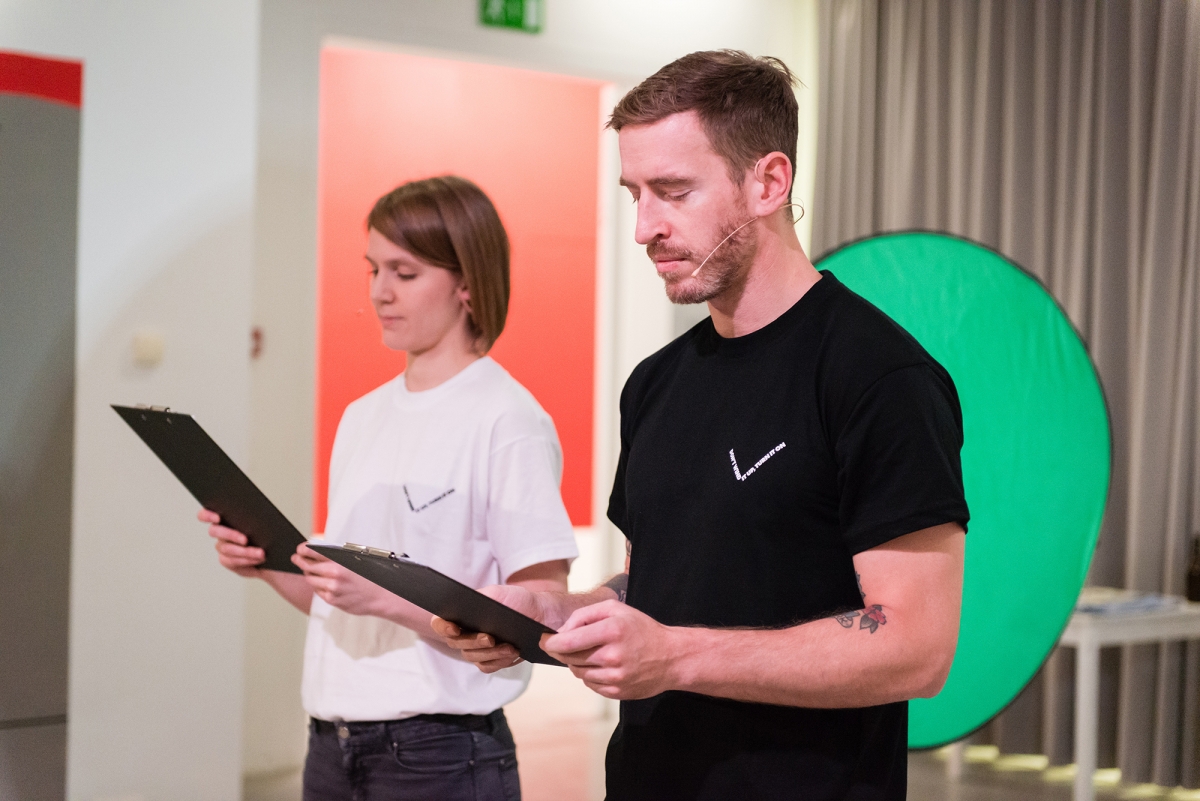
‘Don’t Wind It Up, Turn it On’, 2016, performance. Playground festival, Museum M, Leuven, Belgium. Performed by Anne Pajunen and Sandy Williams. Photo: Marge Monko

‘Don’t Wind It Up, Turn it On’, 2016, performance. Playground festival, Museum M, Leuven, Belgium. Performed by Anne Pajunen and Sandy Williams. Photo: Marge Monko
PP: I wonder if, working with students, you have a good sense of how they approach photography: for them, is it part of contemporary art, due to the exhibitions that have been featured recently at Photomonth? Or is it from a more technical perspective, a camera-based medium, be it a cell-phone or an analogue camera? During a tour of the department in the academy’s new building, you showed me that you are still building an analogue photography lab. This takes us back to your idea of keeping the technology aspect and the practice-based craft element as a skill.
MM: I think that when students come to the academy to study photography, they don’t really associate photography with some kind of institutional field. They have probably seen photography here and there. Maybe some have visited exhibitions, others have observed it on websites or in news outlets. Most of all, I think their understanding of photography is influenced by social media. When I talk to students, I see that Instagram has become the main source of referencing. Photography, to them, is related to content-providers on Instagram. When they come to the academy, we try to provide an orientation, and introduce them to the world of contemporary art. Regarding the analogue lab that you mentioned, I think it’s still really important to have some sort of basic skills and an elemental overview of techniques. From there, students can make their own decisions. To be honest, when one graduates with a BA in photography, there are not so many options. To make your way as a photographer or an artist, you have to sort of invent yourself. Having basic skills allows you to find a job with an archive or in the media, for instance. Maybe a teaching position. So at least you have a basic knowledge of different technologies and how they work. The Photography Department belongs to the Faculty of Fine Art. I’ve been asked if we want to merge with the fine art BA programme, and my answer is no. I think we need our own profile. This doesn’t exclude us from the contemporary art field, but it gives more varied approaches.
PP: Let’s change gear, and talk about your personal practice. What is the usual process in your work, and how do you go about it?
MM: I’ve been active as an artist for approximately twelve years, and my work process has evolved over time. At first, I worked mostly discursively, starting with a certain idea or concept, but during the last five or six years this has changed. I’m trying to follow associations related to specific images, working with found photography and appropriation. The first reason to start working with an image is that I like it. I try to find out what I can do with it, why I am drawn to it, and what other images can work with it. To be more specific, I’ve been collecting advertisements sold on eBay, mainly images from magazines. One of the first images I found there was an ad for wrist watches featuring male and female hands. Out of that, the seven-image series ‘Don’t Wind It Up, Turn It On’ developed. After buying several of the ads, I noticed that most of the watches were showing 10:10. That led me to research the reason for this. I also collected images of stockings and cigarette ads. So it starts with images: organising and making sense of them. Besides that, I’ve also been interested in shop windows and window-displays. It’s a separate field of design, which I would say, at least in the Estonian context, is not very present. But when I was living in Belgium between 2013 and 2015, I noticed that there was a distinctive tradition for window-displays, compared to Germany or Austria, for example. The works that I’ve been busy with over the last few years, photos, videos and installations, are very much bound up with notions of display and desire.
PP: The ‘Don’t Wind It Up, Turn It On’ project exists in several formats: besides the exhibition and performance, it is also present as a publication. Books and your work: you have published five books, four with the Estonian publisher Lugemik, and one with Lodret Vandret from Denmark. The catalogue for the Folkwang Museum exhibition is being made in collaboration with Spector Books. Could you tell us a bit about this part of your practice, and why you choose to produce publications?
MM: I really have to credit Lugemik, Indrek Sirkel and Anu Vahtra. In most cases, they were the initiators of the books. That doesn’t mean that I’m not interested in doing them; I came to appreciate the format a lot. It has just never been the main medium for my projects: the work existed before the book was made. Usually, Indrek and Anu approached me with an interest in a work of mine, which they saw could be developed into a publication. I’m always delighted to work with them, because I know I can trust them. The project with wrist watches, I think, was quite an interesting case. First, there was a series of appropriated photographs. Then Lugemik applied to the Poppositions Art Fair in Brussels, and approached me with the idea to do a project together. For some time, I had the idea to do a performance using copy-texts from the watch ads that I left out of the images. Laura Toots, who was then a project coordinator for the fair project, was very supportive of producing the performance. This is how the book came about. Basically, the book is a script for the performance.
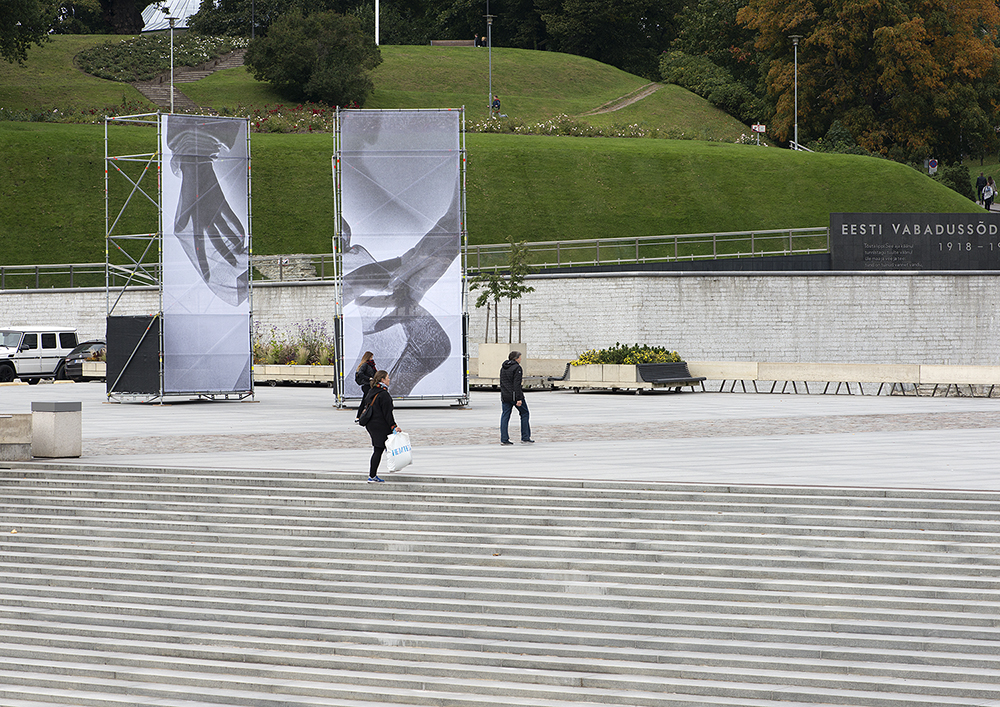
‘Flawless, Seamless’, 2017, outdoor banner in 2 parts at Freedom square, Tallinn Photomonth. Photo: Marge Monko

‘Flawless, Seamless’, 2017, outdoor banner in 2 parts at Freedom square, Tallinn Photomonth. Photo: Marge Monko
PP: In one of your previous interviews, you mentioned that you cannot work on a project without having some personal interest in it, although you said that this interest may later not really show in the finished work. What was this personal connection in relation to your latest work and publication Women of the World, and how did the project develop?
MM: It also started with an ad found on eBay. It was an ad for a diamond ring from 2003. It was an interesting campaign by De Beers that advertised a ring for the right hand, also referred to as the ‘power ring’. It means a diamond ring that women can buy for themselves. The slogan of this campaign was ‘Women of the world, raise your right hand’, which sounds like the slogan of an activist movement of some sort. The feminist in me was curious about the ideology behind this campaign, because the diamond ring was previously only presented in ads in a heterosexual wedding etiquette context. The ad displayed a woman showing off the ring with a kind of bling effect. Next to it was an interesting text, which can be read as a poem. It referred to the left and right hands, and brought out the differences between the left and right halves of the brain: one more rational, and the other more romantic and irrational. I started thinking about this slogan, and what it really means to represent the independence of the woman. My project includes a video, which is basically my research on the diamond industry and the marketing of diamond rings throughout the twentieth century. The other part of the show consisted of an installation placed in a custom-made display cabinet, which corresponds to the shape of the diamond. The installation includes different elements (images and a mobile app), which link woman’s independence to her ability to control her own fertility. It has been at the centre of feminist discussion since the 1960s, but the issue has resurfaced again during recent years, especially in the USA, Poland and Northern Ireland.
PP: Your work is often characterised as being informed by a feministic approach and position, something you have already touched on. Could you expand a bit on that, and how it informs your work? What does it mean to be a feminist artist in the Estonian context?
MM: It is difficult to say how it started, but it really boils down to how socially sensitive you are as a person, and how interested you are in scanning and analysing tendencies around you. I became more aware of gender issues and gender theory when I started my studies at the academy. Some things I read resonated with me very much. Since my background is in photography, I’m mainly trying to approach these issues through visual representation: analysing images and attempting to make sense of and deconstruct them.
Although there was an active feminist scene in the arts in Estonia in the 1990s, the feminist community, I still wouldn’t call it a movement, became more active only around 2012, with the creation of the ‘Virginia Woolf is not afraid of you’ group on Facebook. Discussions that started there have influenced the media and Estonian society. This group has been growing rapidly, and played an important role in raising awareness. It also mainstreamed some specific issues of feminist thought. For instance, issues of the pay-gap and violence against women, which are now topical in the media. It has also influenced politics. Now it is normal to talk about representations of women, and the balance between male and female politicians in electoral lists. I think it’s a huge shift compared to the early 2000s. Of course, changing policies still requires an effort. Talk about quotas is still not very popular. Perhaps you also had the ‘Me Too’ movement in mind, which, I think, hasn’t had much influence in Estonia. Some say that’s because society is so small: everybody is connected with everybody, and if you make something public, you have a lot to lose. There has been a discussion, but I wouldn’t say there was a power shift.

Marge Monko. Photo: Agnija Grigule/Arterritory
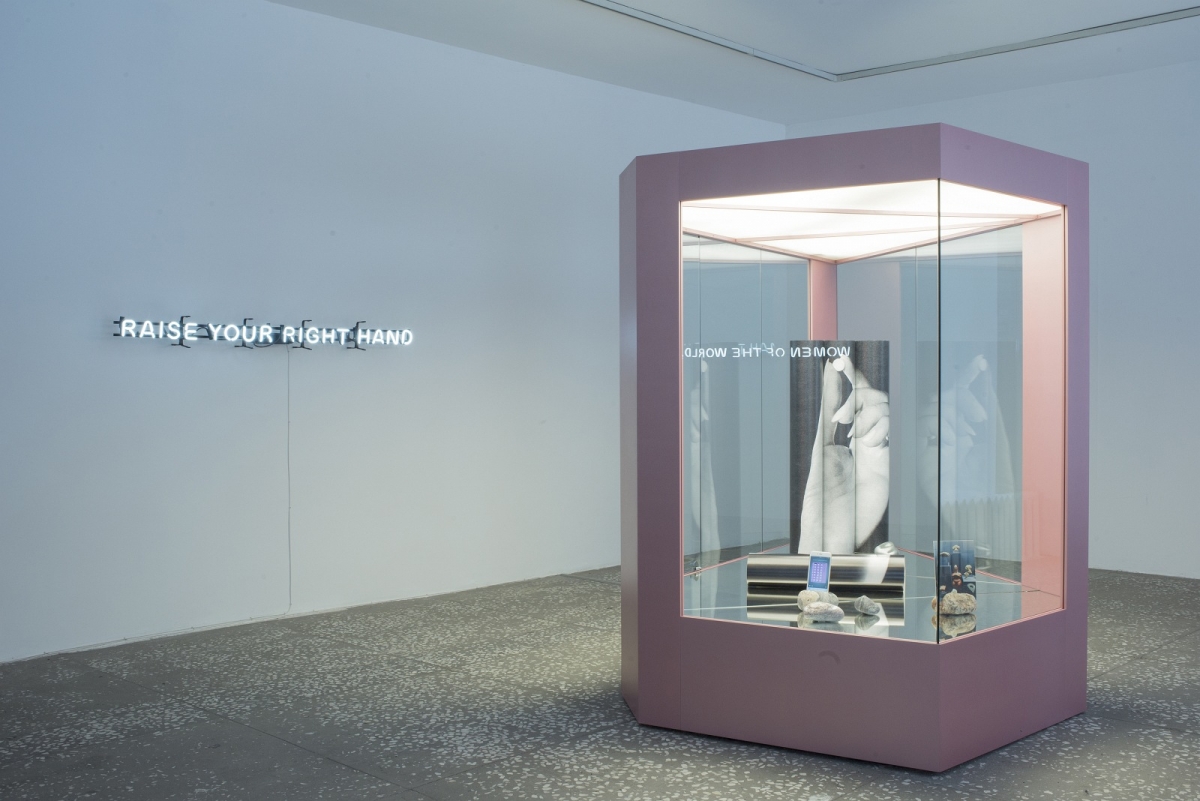
‘Diamonds Against Stones, Stones Against Diamonds’, 2018. Installation view in Tallinn City Gallery. Photo: Marge Monko
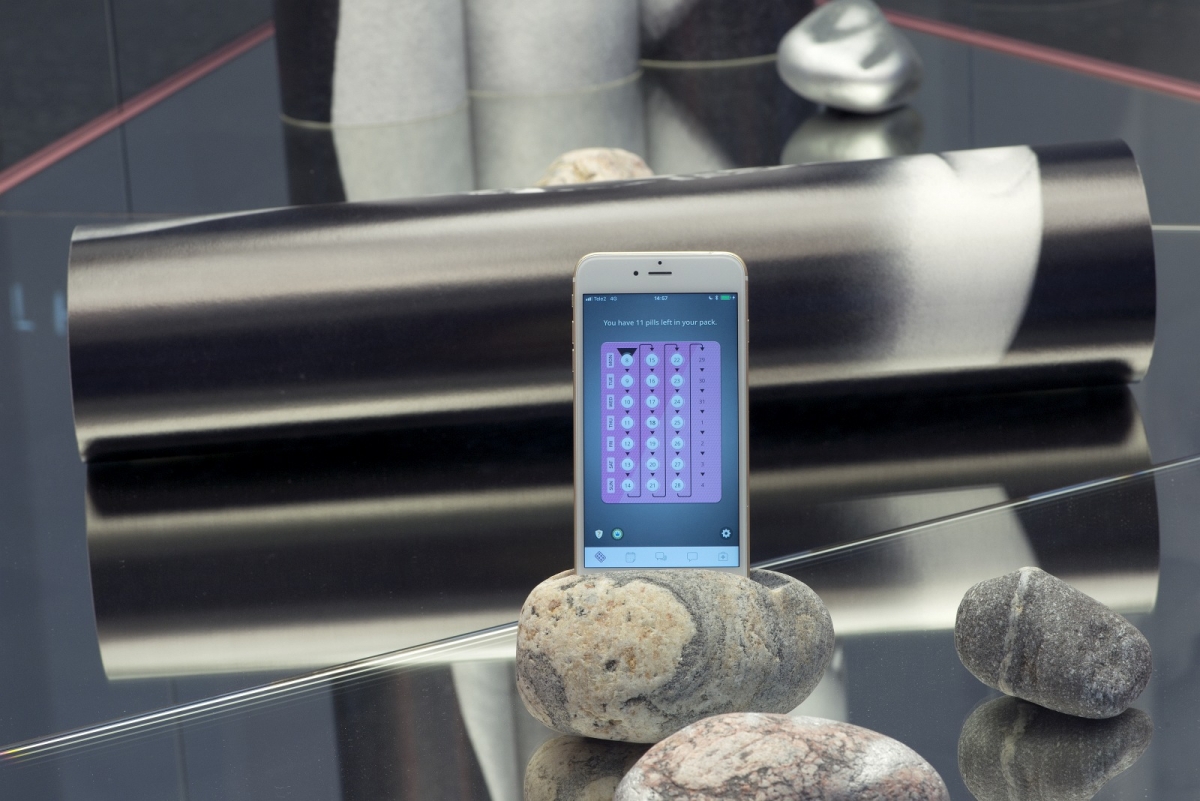
‘Diamonds Against Stones, Stones Against Diamonds’, 2018. Installation view in Tallinn City Gallery. Photo: Marge Monko
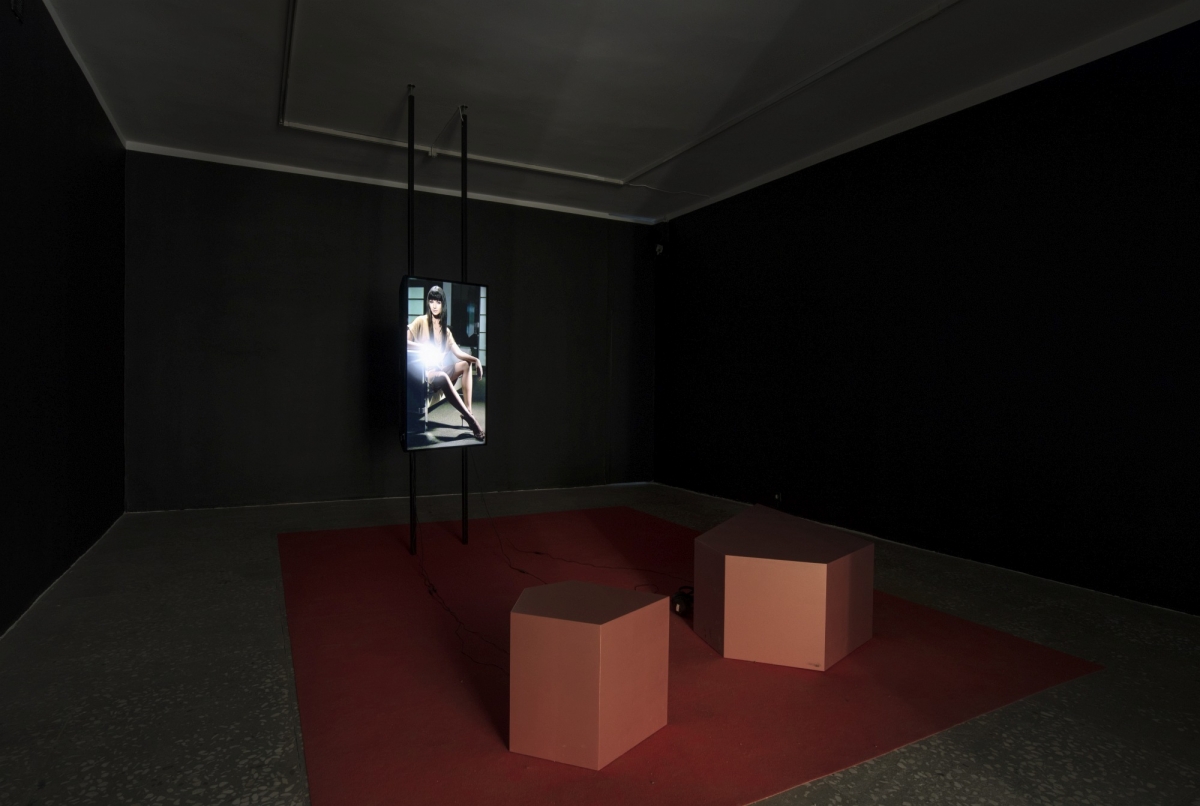
Diamonds Against Stones, Stones Against Diamonds, 2018. Photo: Karel Koplimets. Installation view in Tallinn City Gallery














